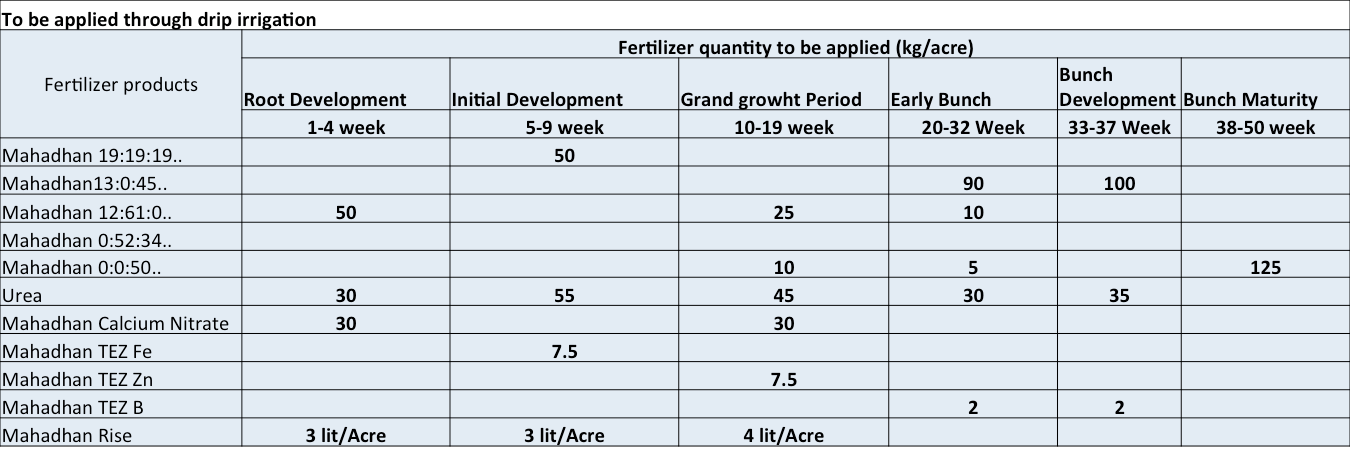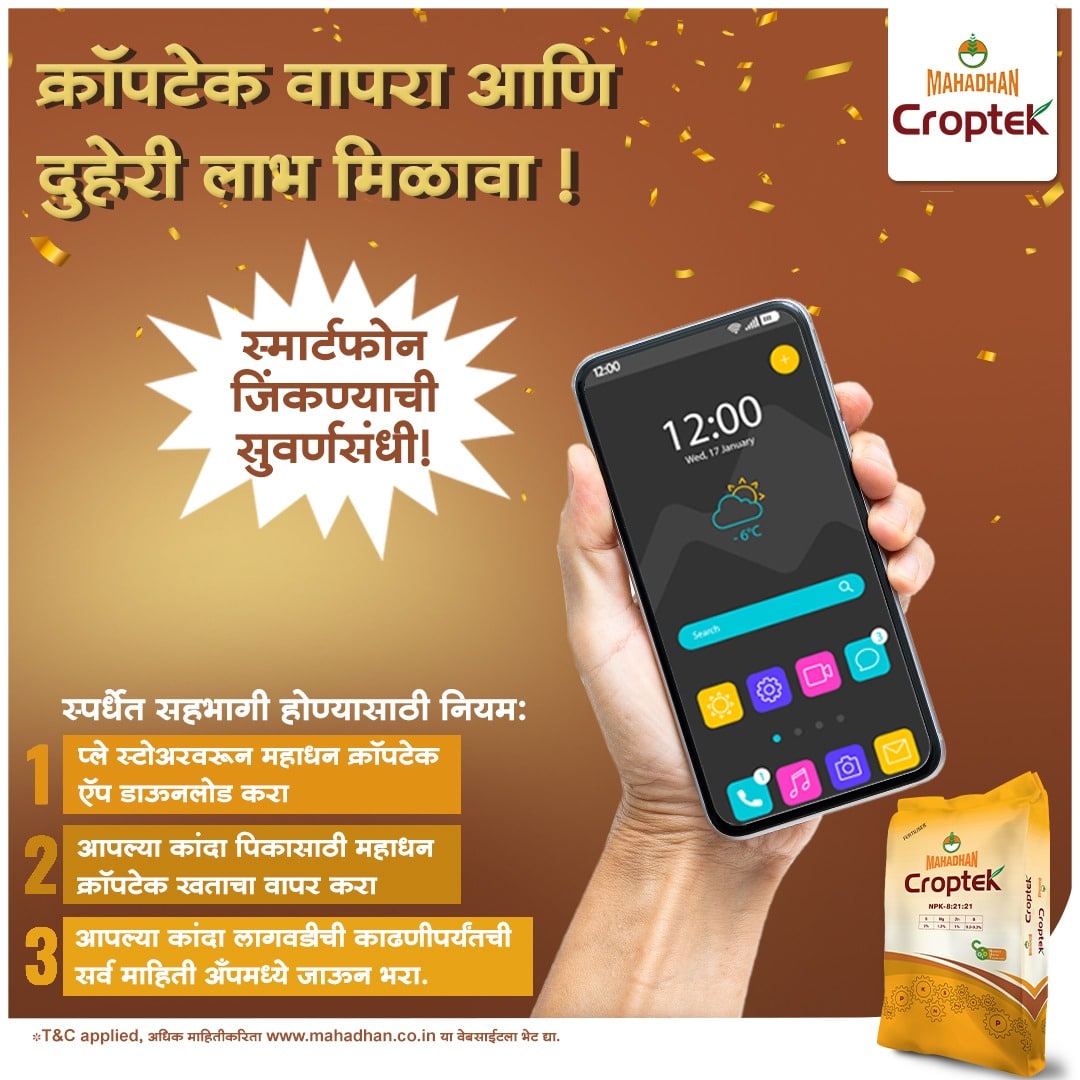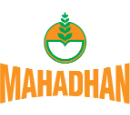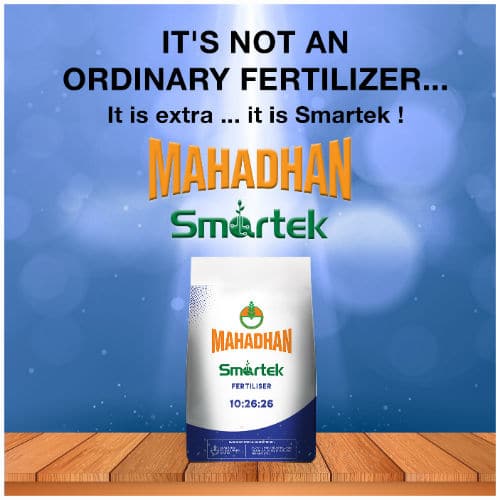
Banana Farming Tips
Banana is essentially a tropical plant requiring warm and humid climate. In cooler climate, the crop requires longer time to mature. It requires on an average, 1,700 mm rainfall distributed throughout the year for its satisfactory growth. Stagnation of water is injurious and may cause diseases like Panama wilt.
Well-drained loamy soils are suitable for banana cultivation. Alkaline and saline soils should be avoided. The optimum range of soil pH for banana cultivation is 6.5–7.5
Prior to planting banana, green manuring crops like daincha, cowpea,etcetera may be grown. The land can be ploughed 2–4 times and levelled. A rotovator or harrow is used to break the clod and bring the soil to a fine tilth.
A planting distance of 1.5 × 1.5 m accommodates 1,777 plants per acre. However, to get maximum yield, a spacing of 1.2 × 1.5 m may be practised. The suckers should be planted in the centre of the pit and the soil around them compacted. Deep planting should be avoided. The field should be irrigated immediately after planting.
Spading is commonly used and normally spading four times a year is effective in controlling weeds. Removal of unwanted suckers is one of the most critical operations in banana cultivation and is known as desuckering. In case of furrow planting, earthing up should be done during the rainy season to avoid water logging. Propping is another operation which is carried out in order to avoid lodging of plants in case of high winds. Pruning of surplus leaves helps reduce disease from spreading through old leaves. Bagging (bunch covering) is another cultural operation used by planters to protect bunches against cold, sun scorching, attack of thrips and scarring beetle.
Banana, being an orchard crop with the need for a lot of vegetative growth, requires nutrients in relatively large quantities.
Nitrogen, Phosphorus, Potassium, Calcium, Magnesium, Sulphur, Iron, Manganese, Zinc, Copper and Boron.
Deepak Fertilizers provides a range of fertilizer products that Banana growers could use for application to the soil and also through the drip system. The schedules to be followed by the Banana growers are listed below:
Fertilizer schedule recommended for the banana planters devoid of drip irrigation facilities is given below (Table 1):

Fertigation schedule recommended for the banana planters who have drip irrigation facilities is given below (Table 2):


(Or)

Foliar spray application recommendation of fertilizer products for banana garden (Table 3)

Banana is a water-loving plant, it requires large quantities of water for maximum productivity. Irrigate immediately after planting. Give a life-saving irrigation after four days with subsequent irrigations once a week for garden-land bananas. Irrigate the fields copiously after every manure application. Use drip irrigation 5–10 l/plant/day from planting up to four months, 10–15 l/plant/day from fifth month till shooting and 15 l/plant/day from shooting till 15 days prior to harvest.
Application of non-selective post-emergence herbicides like glyphosate @ 1.0 lit/acre in between the plants is recommended. Spraying at plant basins should NOT be done at all.
- Corm weevil management
- Soil application of carbofuran granules @ 10 – 20 g/plant in the soil around the stem
- Stem weevil management
- Remove dried leaves periodically and keep the plantation clean. Prune the suckers every month.
- Application of Carbofuran 3G @ 10gm per plant
- Do not dump infected materials in the manure pit. Infected trees should be uprooted, chopped into pieces and burnt.
- Banana aphid management
- Spray application of insecticides like Phosphamidon 2 ml/lit or Methyl demeton 2 ml/lit or Acephate @ 1.5 g or Acetamiprid @ 0.4 g/lit of water helps in controlling the aphids.
- Nematode management
- Pre-treating the suckers with 40 gm Carbofuran 3G. If pre-treatment is not done, soil application of Carbofuran @ 40 gm/plant around each plant at one month after planting.
- Sigatoka leaf spot management
- Remove affected leaves and burn. Spray any one of the fungicides like Carbendazim @ 1 g/lit, Mancozeb @ 2 g/lit, Copper oxychloride @ 2.5 g/lit.
- Spraying of thiophanate methyl 400gm/acre + linseed oil 2% Or Chlorothalonil 400gm/acre
- Anthracnose management
- Spray copper oxychloride 0.25% or Bordeaux mixture 1% or chlorothaloail 0.2% or Carbendazim 0.1%.
- Post harvest dipping of fruits in Carbendazim 400 ppm..
- Bunchy-top management
- The Banana Aphid is the vector of Bunchy-top virus disease. Spray Phosphamidon 1 ml/lit or Methyl Demeton 2 ml/lit or Monocrotophos 1 ml/lit to control it. The sprays may be directed towards crown and pseudostem base upto ground level at 21 days’ interval at least thrice.
- Use virus-free suckers, and also destroy virus-affected plants in the garden.
- Panama Disease management
- Uproot and destroy severely affected plants.
- Apply lime at 1 – 2 kg in the pits after removal of the affected plants.
- Fusarium wilt management
- Removal of infected trees and application of lime @1-2 Kg/pit.
- Capsule application of carbendazim or P.fluoroscens @ 60 mg/capsule/tree on 2nd, 4th and 6th month after planting. The capsule is applied in the corm by making a hole of 10 cm depth at 45°.
- Corm injection with 3 ml of 2% carbendazim.
- Spot drench with carbendazim 0.1% .
Bunches attain maturity 100–150 days after flowering, depending on variety, soil, weather conditions and elevation. Irrigation of banana plantations should be stopped well in advance of the harvest date.
Can we help you?















